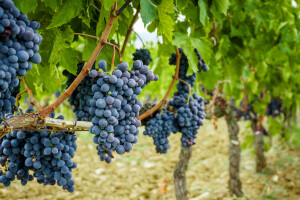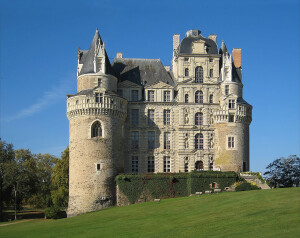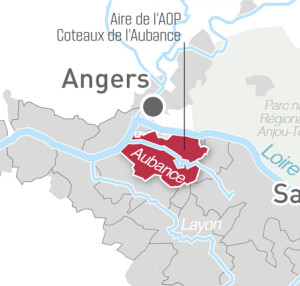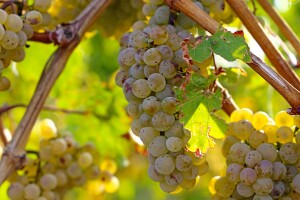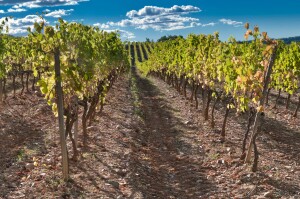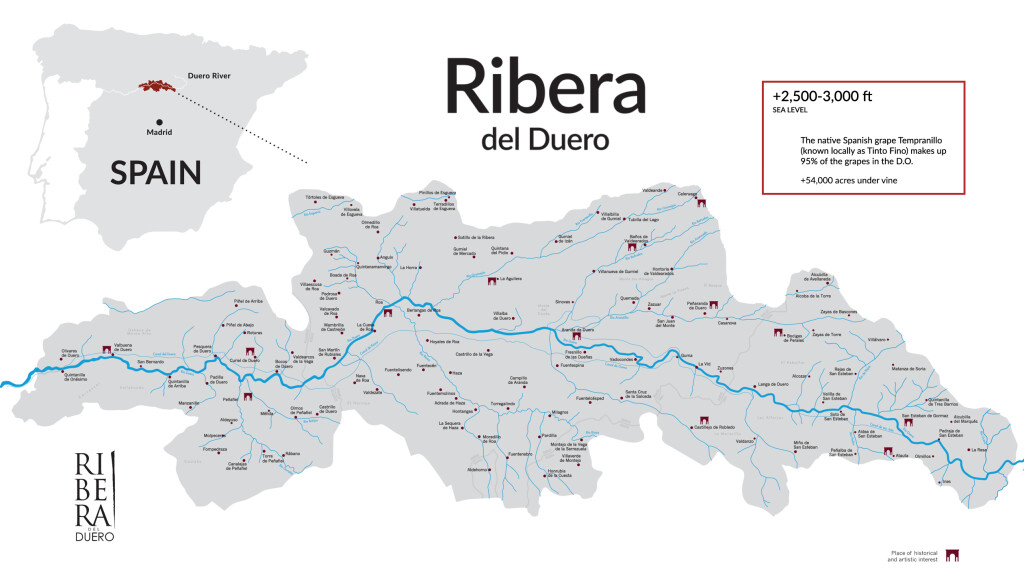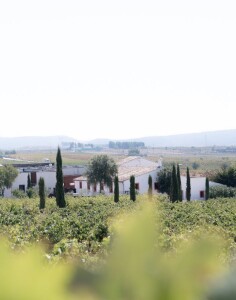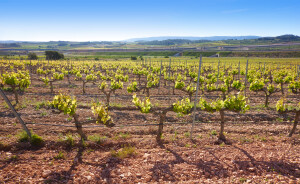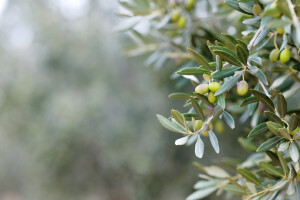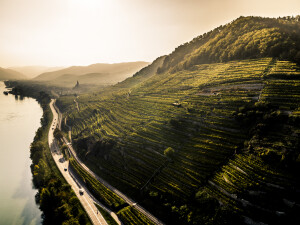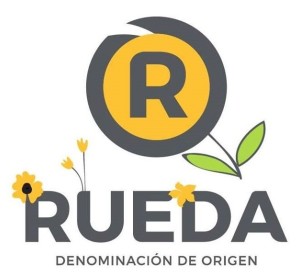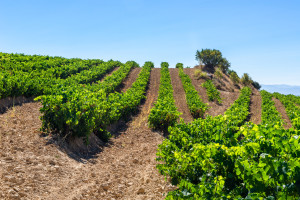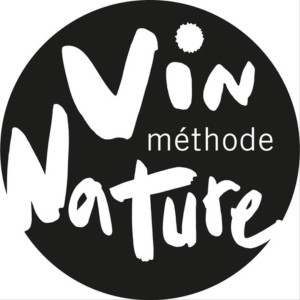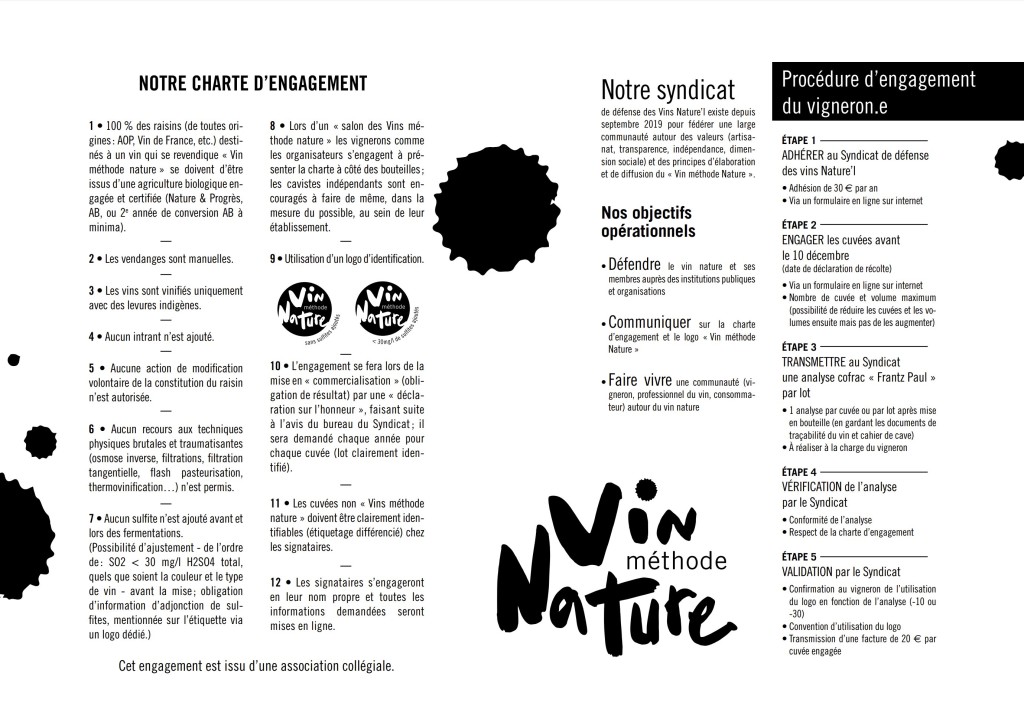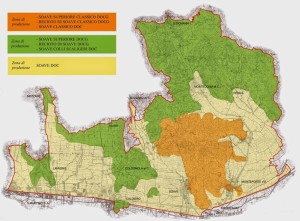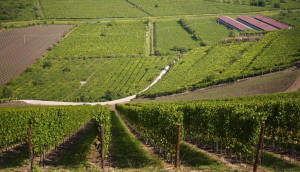Today—June 3, 2020—the Alcohol and Tobacco Tax and Trade Bureau (TTB) of the United States announced the establishment of two new American Viticultural Areas (AVAs): Tualatin Hills AVA and Laurelwood District AVA.
These new AVAs are located within entirely Oregon’s Willamette Valley AVA. This brings to total of Willamette Valley sub-appellations to 9; the total number of Oregon AVAs to 21, and the total number of AVAs in the United States to 248.
The Laurelwood District AVA lies entirely within the previously established Chehalem Mountains AVA; and is located along its northeastern boundary. Foremost among the region’s distinguishing features is the predominance of the Laurelwood soil type. Laurelwood soil is an ancient wind-blown (loess) soil that dates to the Pleistocene era (typically dated from 2.580 million to 11,700 years BCE). During this period, a thick mantel of silt was blown into the eastern slopes of the Chehalem Mountains, forming deep, well-drained soils located at elevations between 200 to 1,500 feet (61 to 457 m).
The total surface area of the Laurelwood District AVA covers approximately 33,600 acres; of these, approximately 975 are planted to vine. There are just over 25 wineries and 70 commercial vineyards located in the new AVA. Principals from Ponzi Vineyards and Dion Vineyards championed the original petition and successful establishment of the Laurelwood District AVA.
The Tualatin Hills AVA is located within the larger Willamette Valley AVA, covering roughly 144,000 acres in what could be described as a U-shaped area in the Willamette Valley’s northwest corner. The boundaries of the AVA are defined by the watershed of the Tualatin River and ranges from 200 to 1,000 feet (61 to 305 m) in elevation. The Tualatin Hills are the only place outside of the Laurelwood AVA where Laurelwood soils dominate the landscape.
The Tualatin Hills AVA is currently planted to just over 860 acres of vines and is home to more than 21 wineries and 33 commercial vineyards. Principals from Montinore Estate, Apolloni Vineyards, and David Hill Vineyard and Winery were among the leading proponents for the petition and establishment of the Tualatin Hills AVA.
Welcome to the World Tualatin Hills and Laurelwood District AVAs!
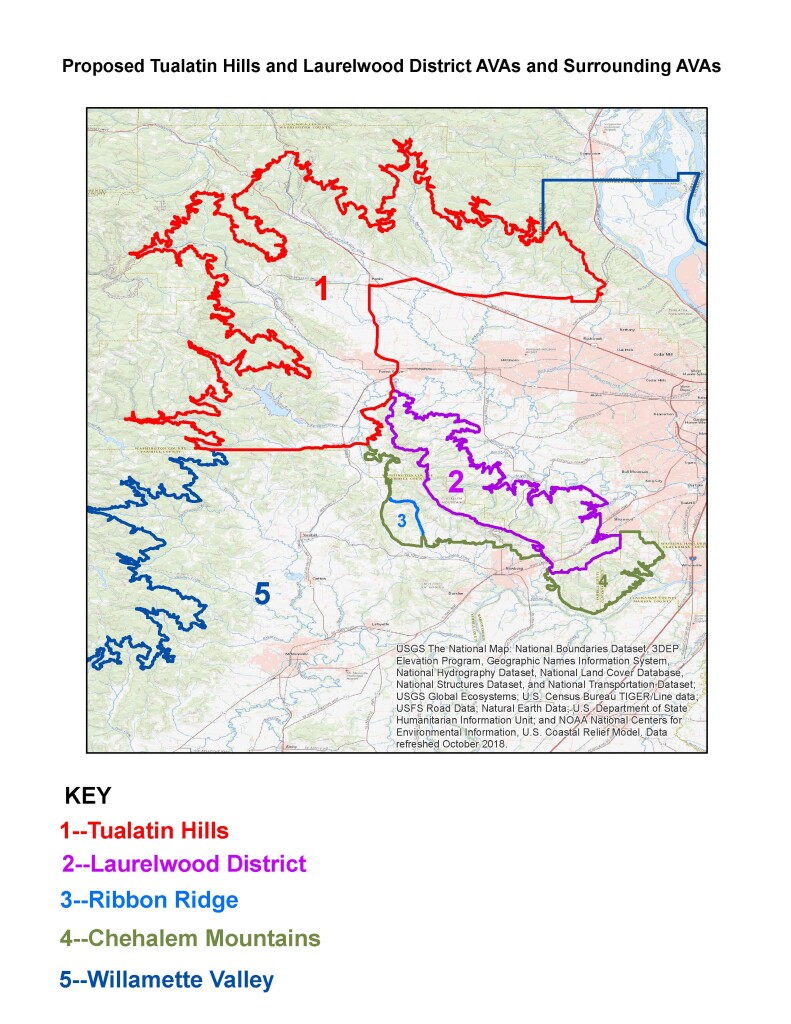
Map via the original petition, as submitted to the TTB: https://www.regulations.gov/docket?D=TTB-2019-0003
References/for more information:
- TTB – Establishment of the Tualatin Hills and Laurelwood AVAs June 3 2020
- Original Petition – Laurelwood AVA
- Original Petition – Tualatin Hills AVA
- Map of the Laurelwood and Tualatin Hills AVAs as proposed
- https://www.bizjournals.com/portland/news/2020/06/02/willamette-valley-has-a-new-official-winegrowing.html
- https://www.bizjournals.com/portland/news/2020/06/03/tualatin-hills-gains-recogniztion.html
Post authored by Jane A. Nickles…your blog administrator: jnickles@societyofwineeducators.org
